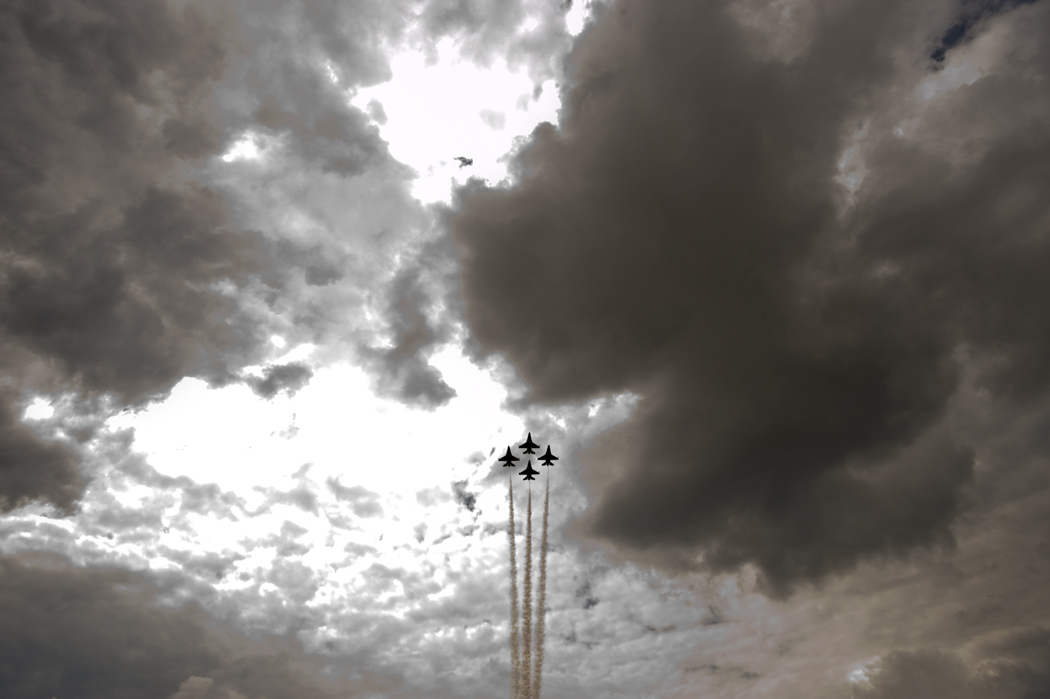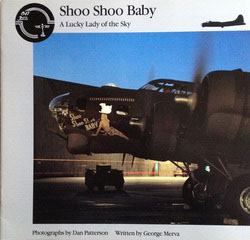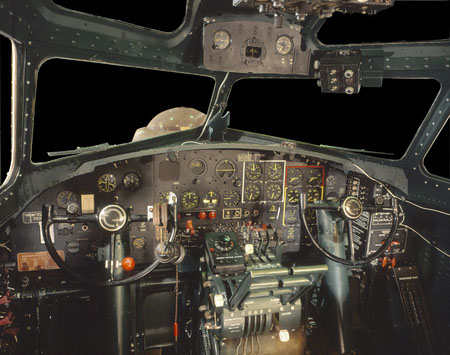
FLYING HISTORY

Shoo Shoo Baby
This small book was my first attempt at aviation publishing. In many ways this opened the door to vast opportunities and now 25 years later has led to this blog and a look backwards. I learned a lot about this business starting with this book; primarily that if you do exemplary work the hurdles are lower and the doors that open are significant.
I had collected books about aviation all my life, and after establishing my career as a commercial photographer and designer, I decided to apply that experience to my personal interest . . . aviation. Nearly all the books I had were identical, blue sky, airplane, no hint or look inside at what made them work or what did the airmen have to work with.? I thought I could do a better job.
Dateline: Dayton, Ohio, 1988
After 10 years the B-17G, Shoo Shoo Baby was nearing a complete restoration. Accomplished by volunteers at Dover AFB in Delaware, this combat veteran Flying Fortress was to be flown to the Air Force Museum near Dayton, Ohio. The previous summer I had been allowed access to this project to create a poster for the USAF 40th anniversary, to be available at the Air Force Museum. That poster and cockpit image of this B-17 which represents all of the over 12,000 Flying Fortresses built set the tone for the rest of my career. Using large format studio cameras and lights to be able to really see what our airmen were given to perform their jobs. The aircraft in which they flew and fought and many died.
In August of 1988 I drove to Dover, Delaware with my friend and colleague George Merva, who entered into this adventure with me to help me shoot the photos but also to write the text. He wrote a fine narrative that stands the test of time with a good story about men who fought in this bomber in the 1940s and the men who brought her back to life 40 years later.
The summer of ’88 was memorable like last summer as very . . . very hot. Elmer Bendiner a bombardier with the 379th Bomb Group based at Kimbolton in East Anglia in 1943, described a B-17 on a hot day as an “airless shell”. The hangar at Dover was warm at the start of the day, by noon it was stifling and late afternoon simply an oven. The bomber magnified the heat; add studio lights and a tripod and a large camera and you have a sauna. That did not alter the mission. Create very well composed and lit large format photographs of the crewman’s world in a B-17, a look from the inside out.
The photography took three days. The interior of a B-17 is not very large, there are sharp edges plenty of low overheads to crease your skull. But that was also the idea, make it obvious what these men were struggling with at 25,000 feet, in temperatures of 30 below zero, with open windows, wearing layers on top of layers of clothing and sheepskin lined flight jackets and pants on top of that. The bomber was overloaded with bombs, fuel, machine gun ammunition, 10 men, had to be flown in a tight formation and . . . were under attack. There were fighters coming straight at the bomber, anti-aircraft 88mm flak spraying lethal shrapnel through the formation, twin engine fighters shooting rockets or dropping their own bombs onto the Flying Fortresses.
The project was fascinating at the same time physically tough to complete. However I constantly reminded myself that I was not at altitude, in sub-zero conditions and no one was trying to kill me. The men at Dover provided all I asked for and the results are the book you see here and in a lot of ways set the pace for what was yet to be done.
Hard to believe that was 25 years ago.
